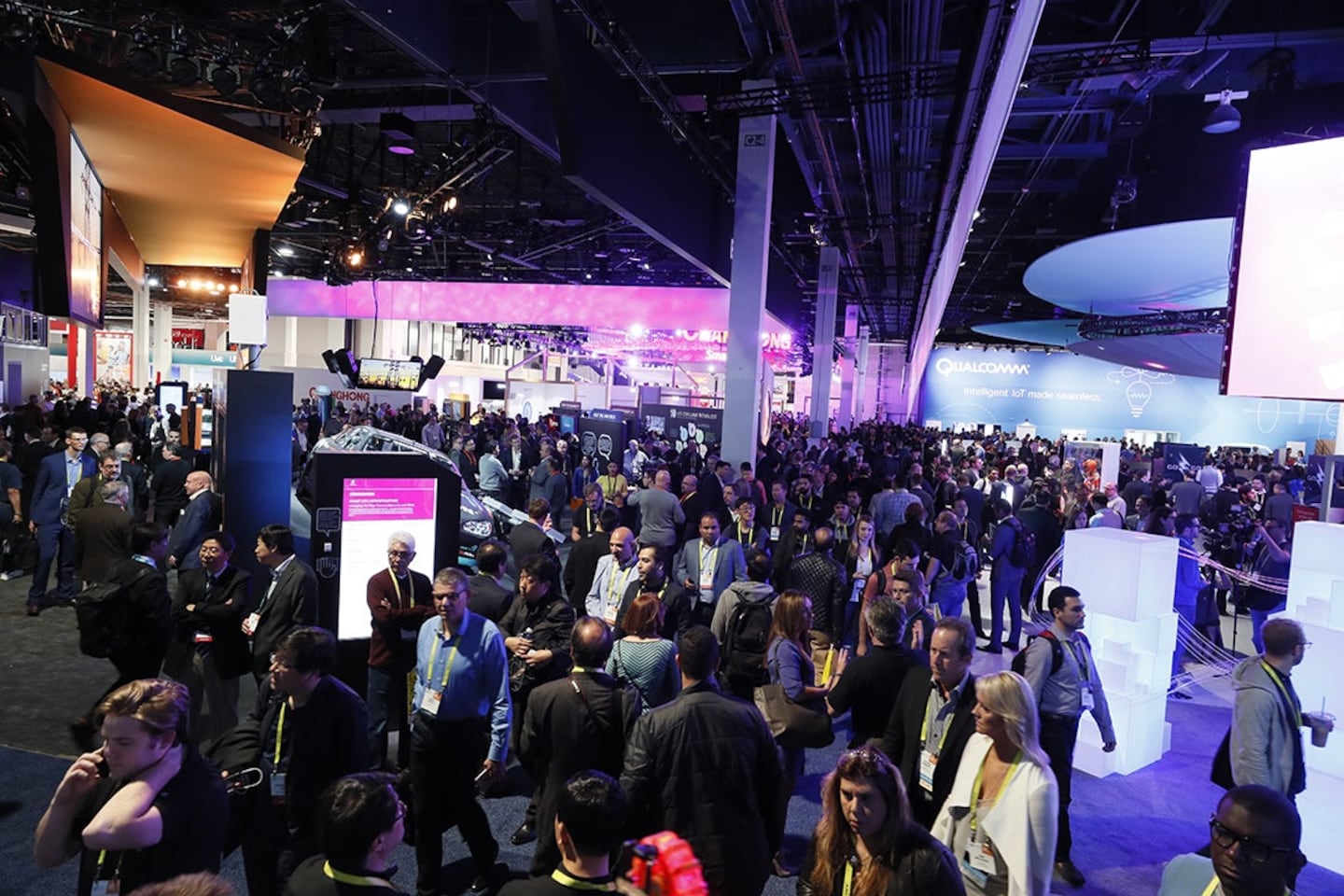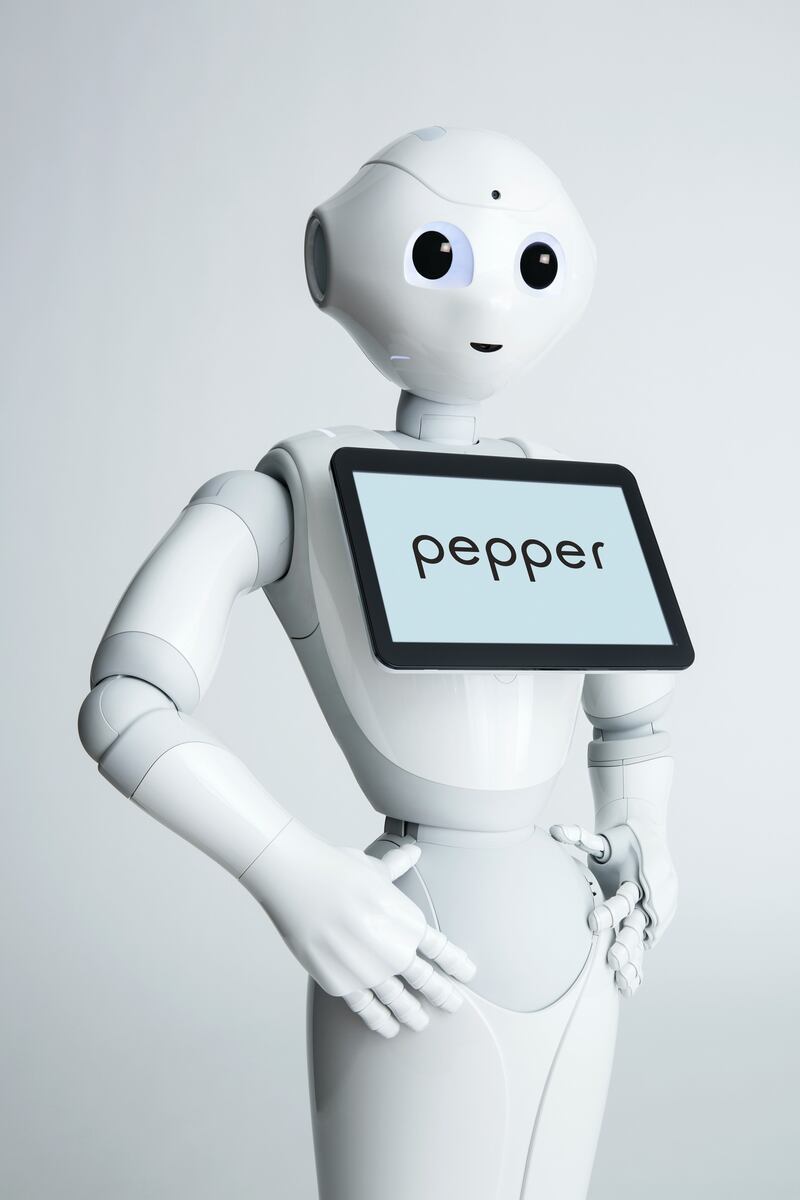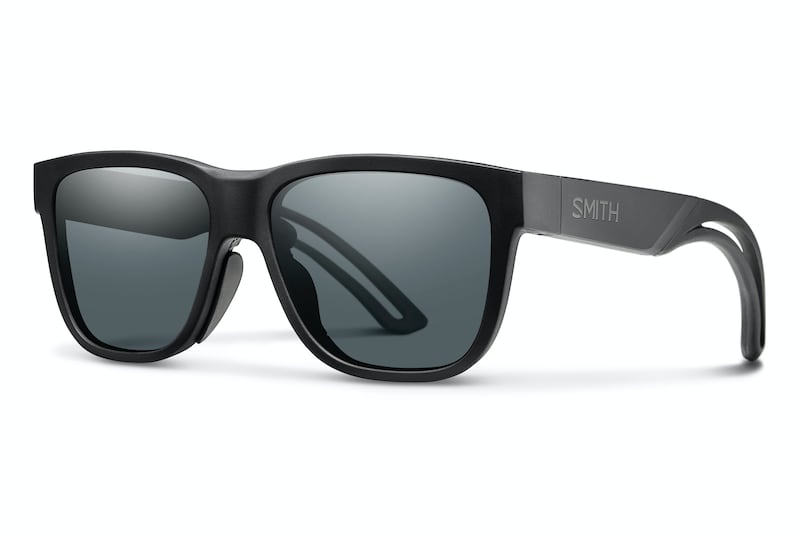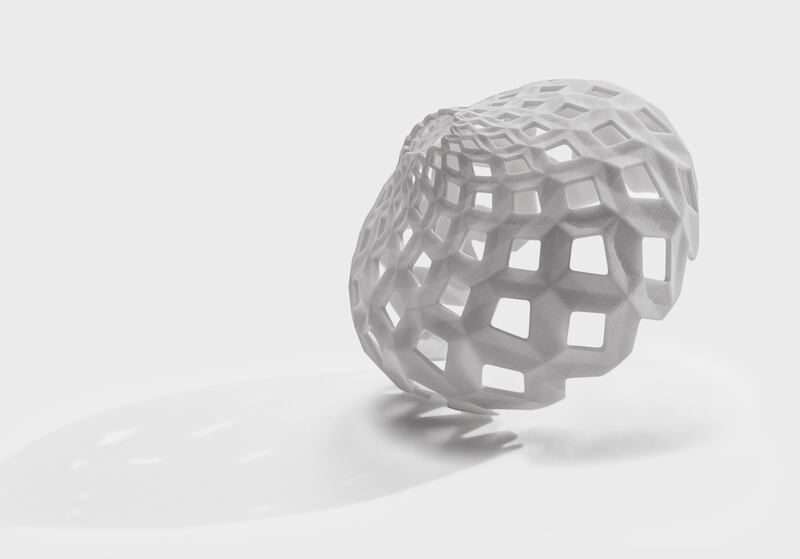
The Business of Fashion
Agenda-setting intelligence, analysis and advice for the global fashion community.

Agenda-setting intelligence, analysis and advice for the global fashion community.

LAS VEGAS, United States — "I'm glad to see more fashion people here," said Intel's Sandra E. Lopez on the first official day of CES 2017, the monster-scale consumer electronics trade show where an estimated 176,000 buyers, engineers and other industry insiders convened to connect and immerse themselves in the latest hardware and software innovations.
As Intel’s vice president of strategic relationships and business development for the chip giant’s New Devices Group, Lopez works directly with both the fashion and sporting industries to develop tech-enabled products she hopes consumers might actually want to buy — and wear. “Fundamentally, what I’m starting to see in the fashion industry is that technology is part of the conversation and it affects all aspects of the fashion ecosystem.”
The fashion and beauty industry's presence at the annual event appears to be on the rise, with executives from the CFDA, Gap, Refinery29, Hearst and Clique Media Group in attendance here in Las Vegas. And, this year, some of the trade show's most buzzed-about consumer tech trends — including the rise of augmented reality and the coming of the self-driving car — are set to have impact across the value chain, from marketing to retail.
AR to make shopping more seamless
ADVERTISEMENT
The idea of applying augmented reality — the layering of digital information onto a real environment, blending the physical and virtual worlds — to everyday consumer behavior, like trying on clothes, may still feel farfetched. However, as more personal devices are equipped with augmented reality capabilities, the potential is growing.
Here at CES, the talk of Taiwanese electronics maker ASUS’ CES 2017 press conference was Zenfone AR, a smartphone designed specifically for augmented and virtual reality, using Google’s Tango and Daydream technology to power experiences that reach far beyond Pokémon Go or Snapchat filters. One such experience is Dressing Room by Gap, an app developed by the apparel retailer along with Tango and fashion software company Avametric, which enables users to virtually “try on” clothing.
<span>Technology is part of the conversation and it affects all aspects of the fashion ecosystem.</span>
“If you take a look at the conversion of somebody who walks into a store and then the conversion of somebody who goes into a fitting room, it is a multiple,” said Jeff Kirwin, president of Gap, who was on hand to present the app with Google and ASUS.
“Retail and shopping has become a tremendous focus for us, primarily because of the importance of visualisation,” added Sophie Miller, a member of Tango’s business development team. “We think AR and Tango will play a role in-store and out of the store.”
Fashion brands are also using augmented reality to market their products in new ways, from Snapchat activations to novel in-store experiences that blend shopping and entertainment.
Smart materials are becoming smarter — and more attractive
While the hokey showmanship of one-off dresses illuminated with LED lights is still a part of the CES experience, inventors, designers and scholars alike are thinking more deeply about how smart materials can be used for garments sold at scale. "I define a smart fabric as a fabric that is responsive to stimulus," says Dr. Jesse Jur, an assistant professor of textile engineering, chemistry and science at North Carolina State University.
T-shirts embedded with heart-rate monitors or glazed with a glow-in-the dark coating qualify, but so do natural fibres like moisture-wicking merino wool and Uniqlo’s Heattech, a proprietary heat-retaining smart material with mass commercial application.
ADVERTISEMENT
But engineers continue to push the envelope. Some of the most forward-thinking companies are developing ways to weave digital technology into fabric itself, without sacrificing aesthetic appeal, as with Project Jacquard, Google's new technology that weaves "touch-and-gesture interactivity into any textile using standard industry looms." (While Project Jacquard was not on display at CES, a collaboration with Levi's is set to launch in the spring in 2017, with an event planned for South by Southwest in March.) Jur sees potential for illuminated yarn, which could easily replace sequins or tinsel, for example.

SoftBank Robotics' robot Pepper | Source: Courtesy
AI will drive new efficiency from design to retail
Guests walking the exhibition floor at CES may have run into Pepper, a curvy robot developed by SoftBank Robotics that can be deployed at retail to handle a range of scenarios, from welcoming guests and shoppers — as she did during a trial at Westfield malls in San Francisco and Santa Clara, California this autumn — to serving as a sales associate, looking up product details and inventory data.
To be sure, a whimsical robot like Pepper is probably most notable for its novelty factor (something missing from so many of today's retail experiences) but, more broadly speaking, AI could also help fashion companies drive efficiency across the value chain, ingesting and making sense of data to better align supply and demand, scaling personalised services and even assisting designers with product development.
"There are AI systems today that compose music, write stories, and create artwork that no one can tell is machine-generated. So fashion design is surely not beyond AI's capabilities," said Pedro Domingos, author of The Master Algorithm, in a previous interview with BoF. "What will likely happen, however, is not that AI will completely replace designers, but will become an indispensable tool for them."
Wearables find purpose in the transformation economy
A lack of traction among tech-enabled jewellery items has left more fashion-focused wearable devices — once a hotly buzzed-about category — at a bit of a standstill. Yet some are pushing forward. For instance, Safilo Group SpA, the licensing company that makes sunglasses for Dior, Fendi and other luxury brands, is aiming to augment its eyewear offering with brain-sensing technology from Toronto-based Interaxon.
ADVERTISEMENT

Safilo and Smith's brain-sensing sunglasses | Source: Courtesy
Safilo’s first pair of brain-sensing sunglasses, designed in partnership with sports eyewear-focused brand Smith, measure the wearer’s brainwaves to determine points of focus and help train the brain for mindfulness and meditation.
As luxury consumers continue to shift their spend towards experiences, particularly health and wellness transformations that lead to self improvement, Safilo is convinced it’s onto something that will one day be embedded into its high-end frames. “We spent more than one year internally trying to understand where the society is moving, and whether there was a new way to approach product,” says Gionata Berna, Safilo’s chief information officer. “They are going to deliver on the expectation of the consumer, which is well-being.”
Self-driving cars to reshape retail
While it’s hard to impress the seen-it-all crowd at CES, most still get a thrill out of the idea of a self-driving car, undoubtedly the most talked-about product category at this year’s trade show, where hundreds of firms — from brands such as Mercedes and Hyundai to chipmaker Qualcomm and product designer Harman — vied for attendees’ attention with auto-tech-related products.
The commercialisation of the concept is inevitable, with companies including Google’s Waymo, Tesla and Uber working to release their own technologies in the near future. And Intel’s Lopez, for one, sees the self-driving car becoming another place — like a coffee shop, restaurant or bar — to spend time with friends. “In the world of fashion, if you look at where these cars are going, it’s a lifestyle. It’s going to be an extension of your living room,” she said. “Fashion should be thinking about their place in that ecosystem and building those partnerships.”
But as the rise of the automobile reshaped retail, so will self-driving vehicles, from streamlining package delivery to increasing time spent shopping on mobile. After all, consumers with more time on their hands might also have more time to shop when commuting. And as fewer and fewer consumers drive their own automobiles and cars become an on-demand cloud service — think Uber but without the drivers) — the way retail environments are designed is bound to change. Imagine what happens to the typical shopping centre when parking lots become obsolete.
“With self-driving cars, you’re going to be able to have more of an experience around your cars, whether that’s shopping or coupling very tightly with the mobile experience,” says Jeremy Bergstein, president of the Science Project, a New York-based creative firm that designs and engineers retail experiences for mass, mid-market and luxury brands. “Now the retail landscape is no longer contained in the lease line.”

Formlabs' 3-D printed ceramic | Source: Courtesy
Digital manufacturing goes beyond prototyping
While big thinkers like Issey Miyake have been developing digitally-driven manufacturing techniques for years, the greatest shift in apparel and accessories design still promises to be the rise of automated sewing. Industrial sewing bots don’t yet have a presence at consumer-focused CES, but well-represented 3-D printing — which allows designers to create one-off products at scale — may help to propel the mass-customisation movement further forward.
This year at the trade show, Boston-based 3-D printing firm Formlabs, which has collaborated with the likes of Rebecca Minkoff and Chromat, introduced yet another product destined to pique the fashion industry’s interest, particularly jewellery designers: a ceramic material that can be fired in a kiln. This material is a shift for the 3-D printing industry, which is associated more with prototyping and conceptual pieces than marketable retail products.
“These are not flimsy pieces of plastic. They are engineering-grade, real materials,” said Dávid Lakatos, chief product officer at Formlabs. “It’s time to seriously consider 3-D printing, not just for tinkering or prototyping, but to actually use it for end parts.”
Related Articles:
[ Is Fashion Ready for the AI Revolution?Opens in new window ]
[ Fashion’s Fourth Industrial RevolutionOpens in new window ]
[ Vision Quest: 3 Technologies Shaping the Future of FashionOpens in new window ]
The app, owned by TikTok parent company ByteDance, has been promising to help emerging US labels get started selling in China at the same time that TikTok stares down a ban by the US for its ties to China.
Zero10 offers digital solutions through AR mirrors, leveraged in-store and in window displays, to brands like Tommy Hilfiger and Coach. Co-founder and CEO George Yashin discusses the latest advancements in AR and how fashion companies can leverage the technology to boost consumer experiences via retail touchpoints and brand experiences.
Four years ago, when the Trump administration threatened to ban TikTok in the US, its Chinese parent company ByteDance Ltd. worked out a preliminary deal to sell the short video app’s business. Not this time.
Brands are using them for design tasks, in their marketing, on their e-commerce sites and in augmented-reality experiences such as virtual try-on, with more applications still emerging.